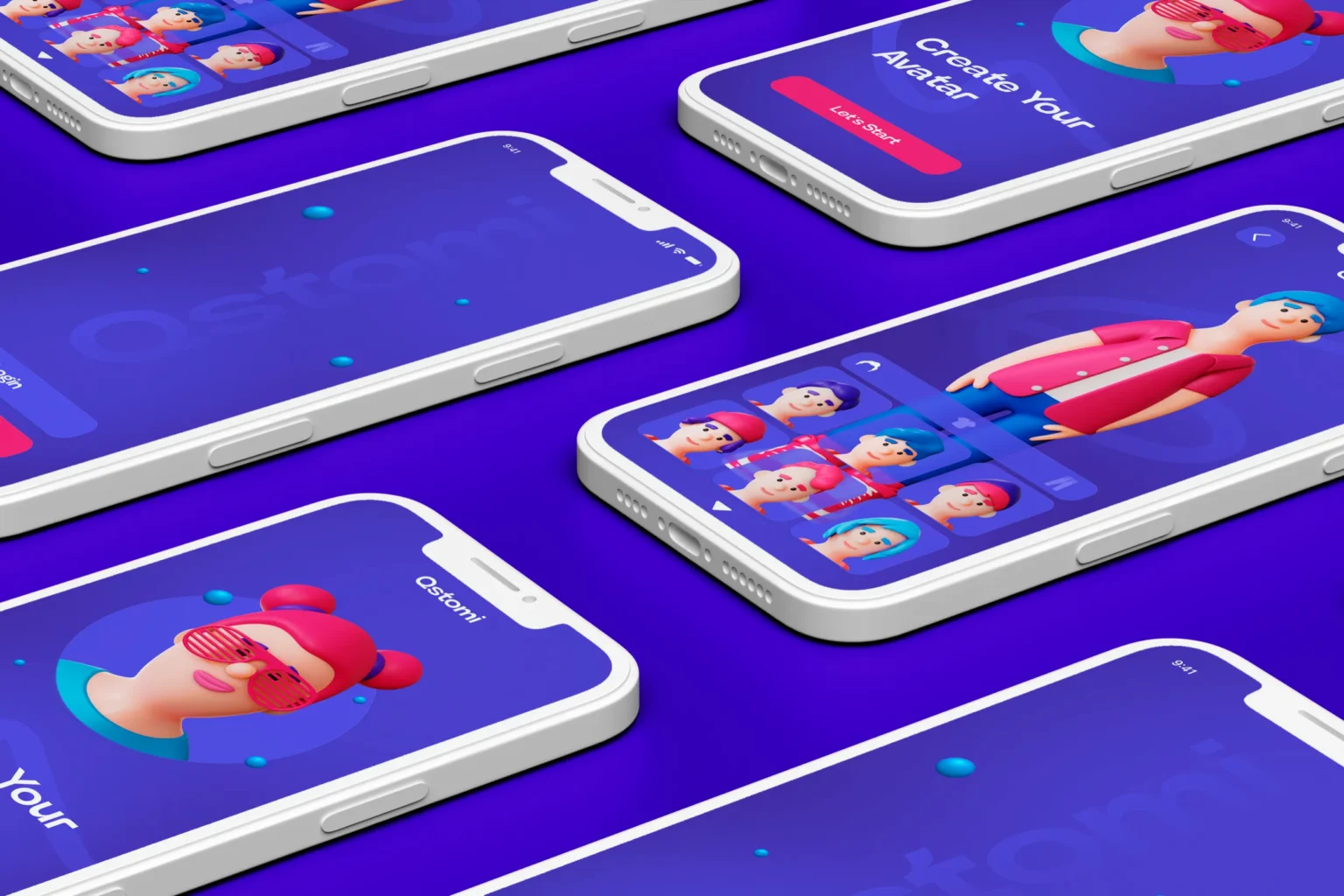In the dynamic realm of mobile app development, Flutter has emerged as a powerful framework, revolutionizing the way developers craft stunning user interfaces. Our comprehensive step-by-step tutorial will guide you through the intricacies of creating mesmerizing UI designs with Flutter, ensuring that your applications not only captivate users but also stand out in the competitive landscape.
Flutter, developed by Google, is an open-source UI software development toolkit. Renowned for its expressive and flexible nature, Flutter enables the creation of natively compiled applications for mobile, web, and desktop from a single codebase. Let’s delve into the key steps to harness the full potential of Flutter for crafting visually appealing UI designs.
Setting Up Your Flutter Environment
Before embarking on your UI design journey, it’s crucial to set up your Flutter environment. Ensure that you have Flutter and Dart installed, and set up your preferred integrated development environment (IDE). Flutter’s official documentation provides detailed instructions for this initial setup, ensuring a seamless start to your creative process.
Choosing the Right Widgets
Flutter’s strength lies in its extensive library of customizable widgets. Whether you’re aiming for a sleek minimalistic design or a vibrant and interactive interface, Flutter has the perfect widget for you. Widgets are the building blocks of a Flutter application, and selecting the right ones is pivotal in achieving the desired UI aesthetics.
Designing the User Interface
Understanding Layouts: Efficient layout design is fundamental to creating visually appealing UIs. Flutter offers a variety of layout widgets such as Container, Row, and Column that facilitate the arrangement of elements on the screen. Employing these widgets strategically ensures a harmonious and user-friendly layout.
Styling with Themes: Flutter’s theming capabilities empower developers to maintain consistency across their applications. By defining a theme, you can easily apply a consistent visual style, including colors, typography, and more. This not only enhances the visual appeal but also streamlines the development process.
Animation for a Delightful User Experience: Adding animation to your UI design elevates the user experience to a new level. Flutter’s animation framework provides a plethora of options to create smooth and engaging transitions. From subtle fades to intricate motion designs, animations captivate users and leave a lasting impression.
Testing and Debugging
Ensuring the functionality and responsiveness of your UI design is paramount. Flutter provides robust testing tools that enable developers to identify and rectify potential issues. Rigorous testing guarantees a flawless user experience, contributing to positive user reviews and increased app retention.
Optimizing for Performance
In the fast-paced world of mobile apps, performance is non-negotiable. Flutter’s inherent efficiency, combined with proper optimization techniques, ensures that your UI designs not only look stunning but also perform seamlessly across various devices.
Conclusion
Crafting stunning UI designs with Flutter is a gratifying journey that demands a blend of creativity and technical finesse. By following our step-by-step tutorial, you’ve equipped yourself with the knowledge to create visually captivating and highly functional user interfaces. Embrace the versatility of Flutter, and let your UI designs stand out in the competitive digital landscape.

